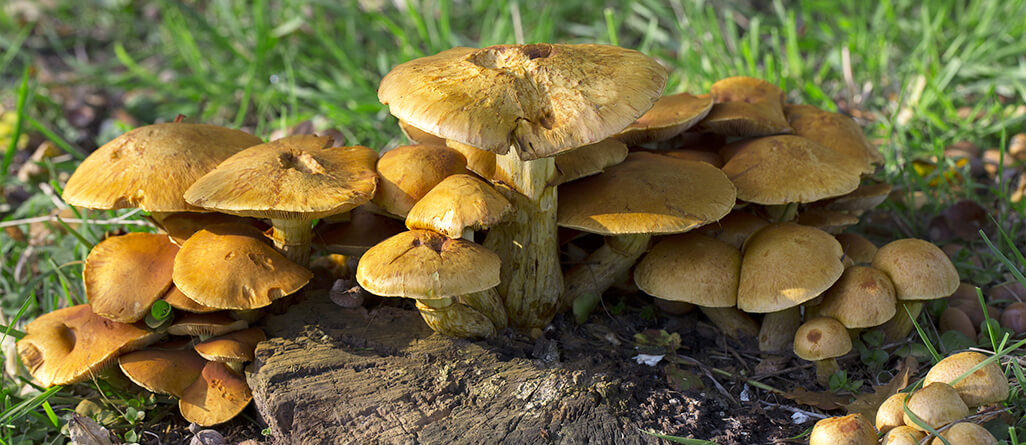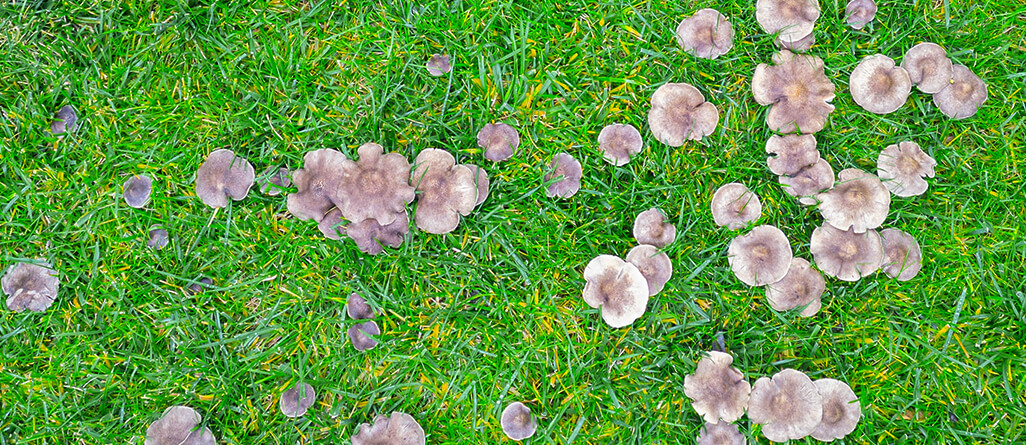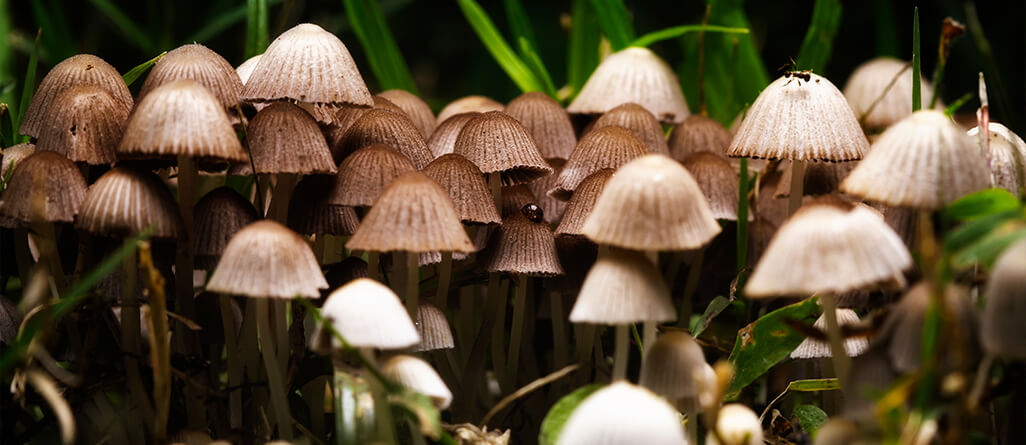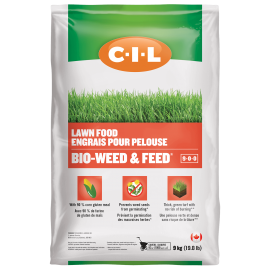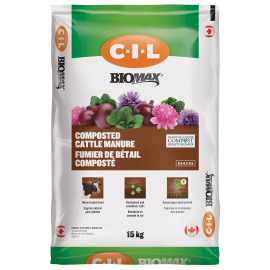How to get rid of mushrooms in lawns and gardens?
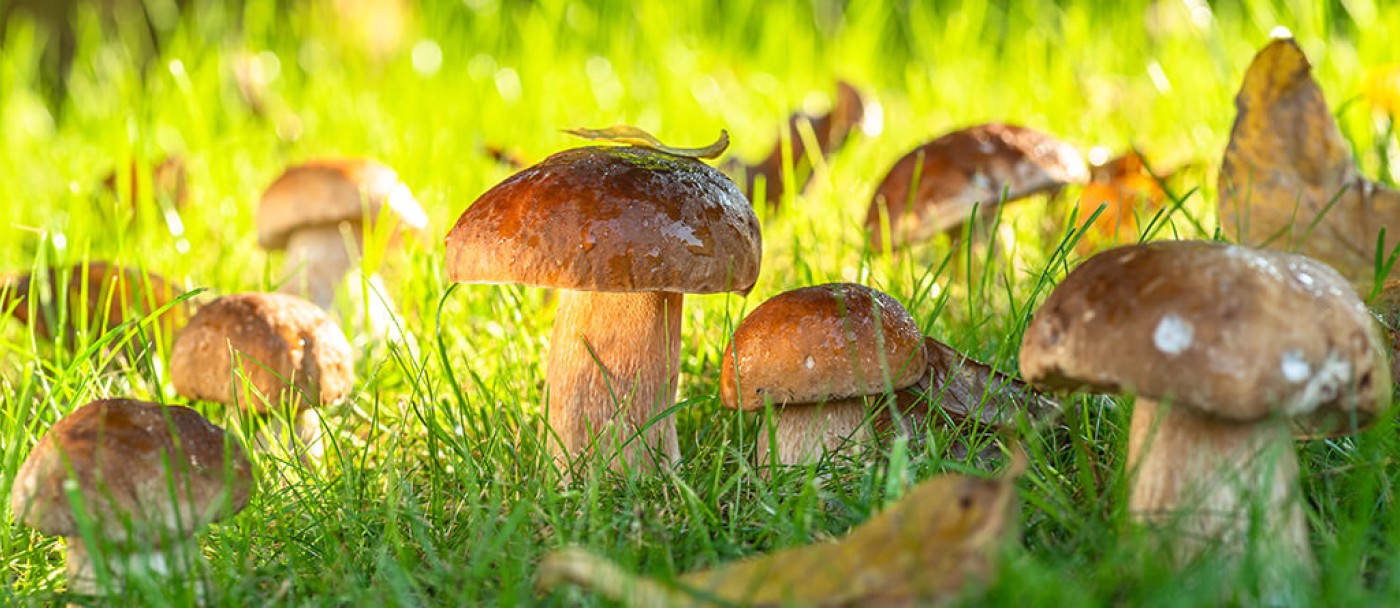
You’ll often see mushrooms popping up in your lawn after a heavy rain. These aren’t too much of any concern, but it helps to understand what is going on.
The most important thing to understand about mushrooms is that they are simply the above-ground fruiting bodies of fungi that live underground in the soil. Most of the fungal mass is below ground where it goes unseen and unnoticed until mushrooms emerge, usually after a rainfall or excessive irrigation.
The fungi can be considered beneficial. They are decomposers that break down dead and decaying organic matter such as stumps, old roots or leaves. Most mushrooms do not damage lawns or gardens; they are simply an unsightly nuisance.
Why are mushrooms growing in my lawn?
Fungi disperse to new areas when the mushroom is full grown, and its spores (seeds) get carried away by the wind and land in a suitable location. Mushrooms thrive in damp, dark environments with lots of decaying organic matter. There, they develop into new fungi which will grow mushrooms given enough time.
Mushrooms seen above ground will go away on their own once the weather dries out or turns colder. Keep in mind that although these fruiting bodies have disappeared, the fungal mycelia are still growing in the soil. The fungus will continue to grow and persist if there is plenty of organic matter to feed upon. Mushrooms will emerge again as soon as the growing conditions are right, which may not be for another year.
The growth of mushrooms in the lawn often appears as a circular shape. This is because fungi grow from a central point outward. Each year, as the fungus grows, the circle expands. Most mushrooms do not damage the lawn, but fairy ring fungi can become a problem.
Fairy rings are arcs or circles of mushrooms growing in dark green, lush grass, and are usually ½ to 5 metres (2 to 15 ft) in diameter. As the fungi break down organic matter, the nutrients cause the grass to grow thicker and darker, and the surrounding lawn develops colonies of mushrooms. Fairy ring fungi are not plant parasites, but they can damage a lawn by causing localized drought stress, since their fungal strands or mycelia make the soil repel water.
Fairy ring fungi are difficult to control. You can be patient and allow the fairy rings to disappear over time. Watering to saturate the area affected over several days may help. Aerate the lawn to allow more water and fertilizer to reach the roots. When the only effect of a fairy ring fungus is a ring of taller, greener grass, a modest increase in nitrogen fertilizer over the entire lawn can help mask symptoms. Finally, you can replace the infested soil occupied by the fairy ring with clean soil.
How to reduce potential mushrooms in a lawn
Minor effort:
- Rake your lawn in the spring to remove dead grass, pet feces and plant material.
- Prune trees or shrubs to allow in some sunlight.
- Reduce or turn off your irrigation to dry out your lawn for the period that they show up.
- Fertilize to green up lawn.
- Pick mushrooms: kicking them over or running them over with your lawn mower may seem useful, but it only helps spread the spores. Place the picked mushrooms in a plastic bag and put them in the garbage (not compost bin) to remove them from the lawn, as they appear.
Moderate effort:
- Aerate your soil in the fall to reduce soil compaction and improve drainage.
- Dig or grind out stumps and tree roots after removing a tree or shrub. These roots become a habitat for fungi to develop in.
- Correct poorly drained yards by raising the soil level or making a small swale ditch to drain surface water away.
Can I eat these mushrooms?
Don't eat anything you're not positive about. There's no universal rule for telling a poisonous mushroom from an edible one, because there's so much diversity out there.
